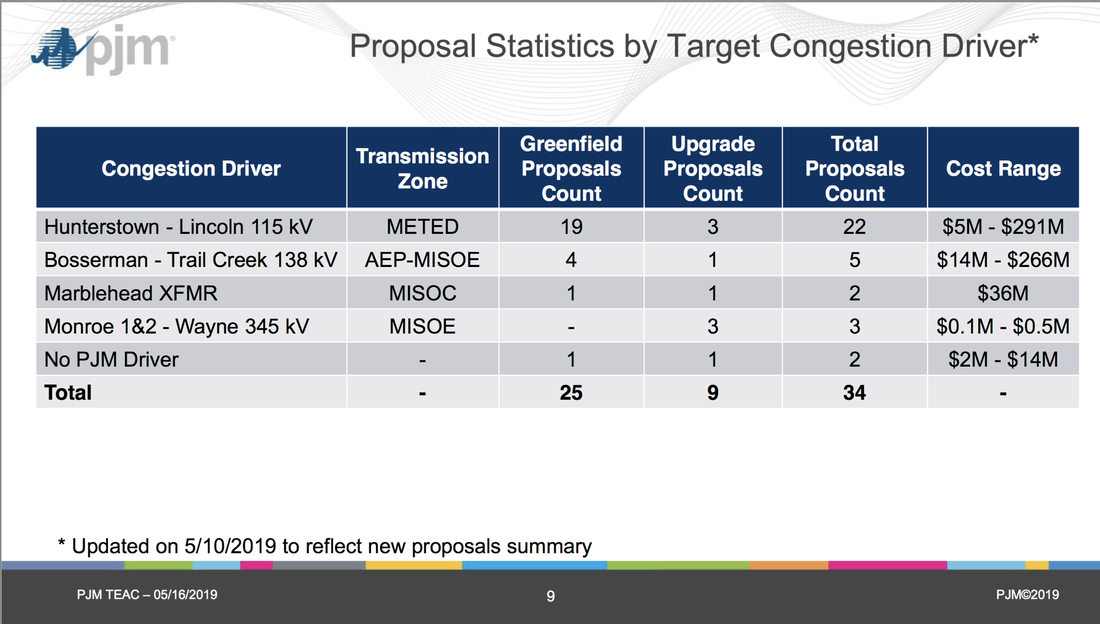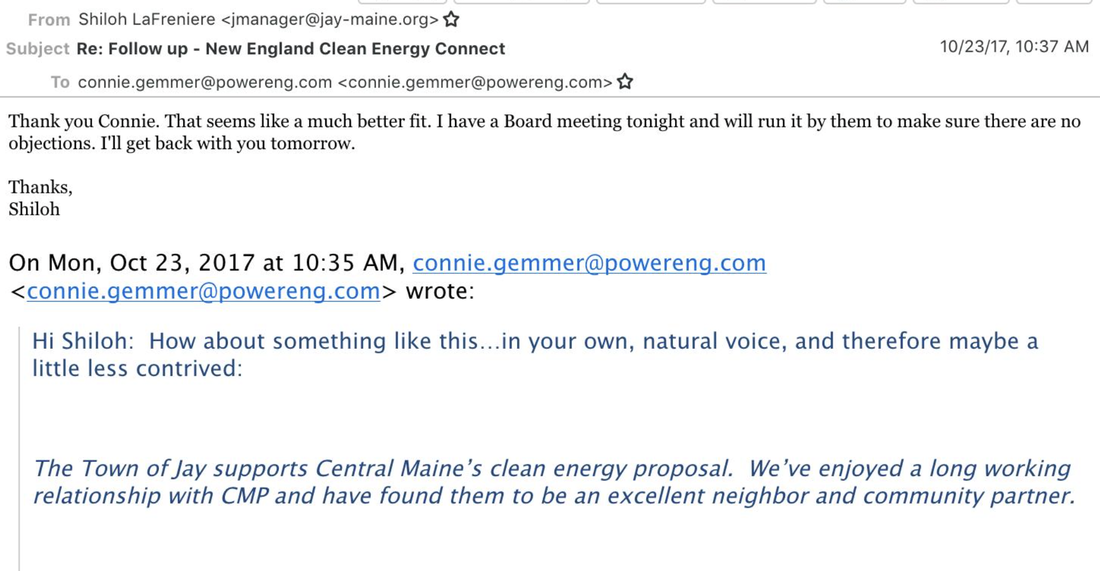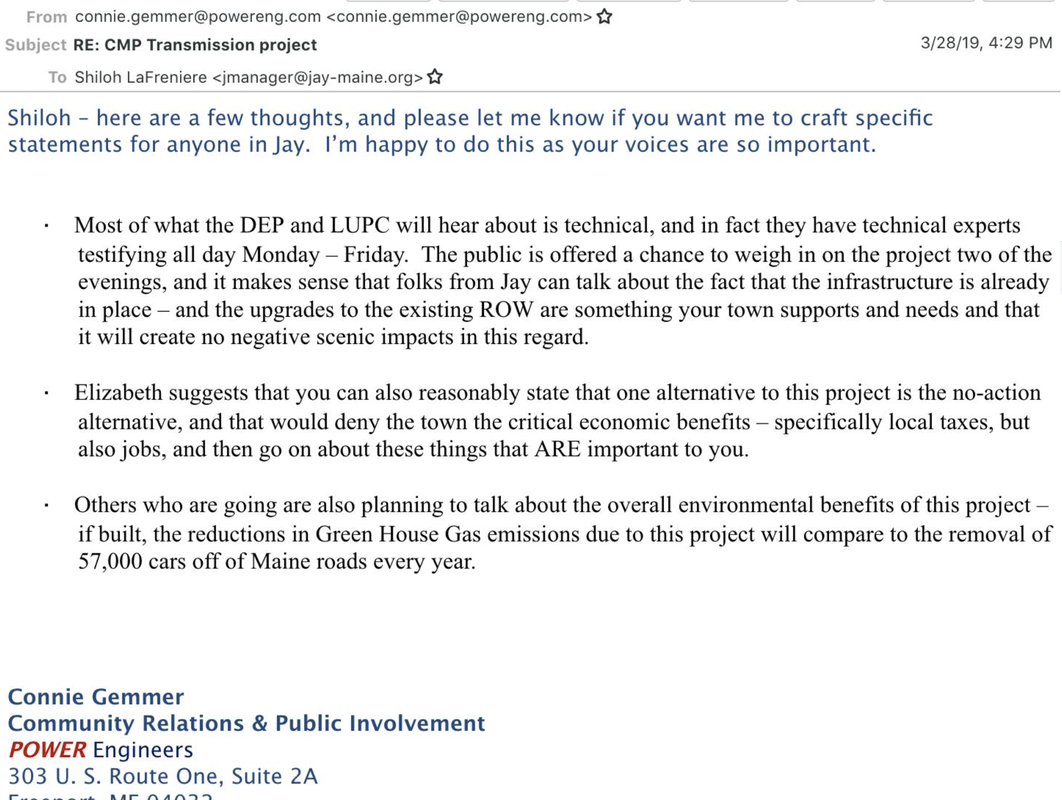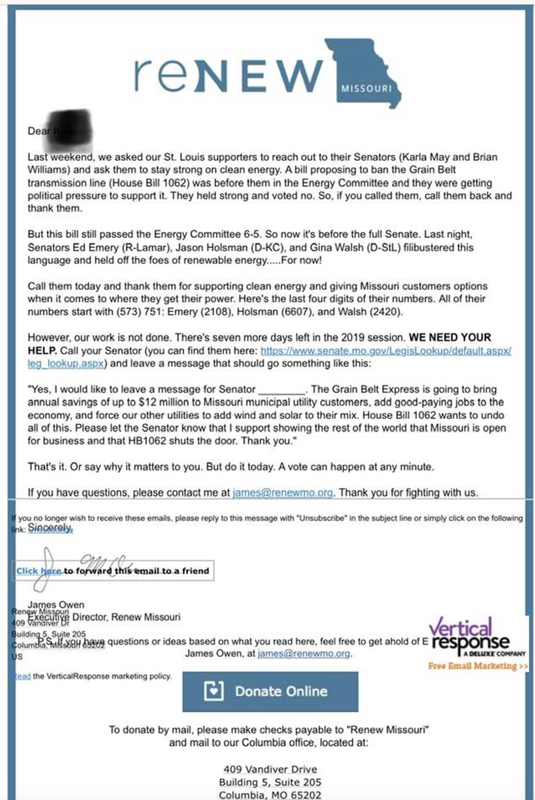Here's the first problem: MARKET EFFICIENCY PROJECTS SHOULD NEVER BE GREENFIELD PROJECTS!
Greenfield projects need new rights of way, "negotiated" under threat of condemnation through eminent domain. Nobody's property, and I do mean NOBODY, should be taken through the use of eminent domain just so someone else far, far away can save a few pennies on their electric bill. The lights won't go out if market efficiency projects aren't built. Instead, the market will provide its own solution to congestion if PJM allows it. But PJM never does.
Therefore, with this slate of bad news on its table, here's a little advice for PJM.
Constructability studies: Make sure you do them properly this time. Factors that must be included are land use and ownership, to include recognition of historical properties, century farms, conservation land, and residential areas. These are the kinds of property takings that inspire entrenched opposition. This kind of opposition is what kills transmission proposals. Another is "transmission fatigue" -- repeated attempts to site new transmission in a community. Once a community comes together to oppose transmission, it is better armed for the next battle. Even waiting a generation to try again doesn't make for success. It is imperative that any constructability study recognize the possibility of opposition. But, pretty much ANY greenfield project is going to meet with opposition, and you never know what you're going to get until the community finds out about the project.
How could PJM overcome this? How about a public community meeting to discuss the finalists that make PJM's finalist list? Go see what the community thinks about your proposal BEFORE you approve it, PJM. BEFORE your transmission owner goes crying to FERC about needing the abandonment incentive. How about BEFORE any consumer money gets spent on another hare-brained greenfield market efficiency project, PJM? How about that?
PJM still hasn't learned its lesson. Market efficiency projects aren't compelling enough to build new lines. Ever. Better give those upgrades another look.





 RSS Feed
RSS Feed